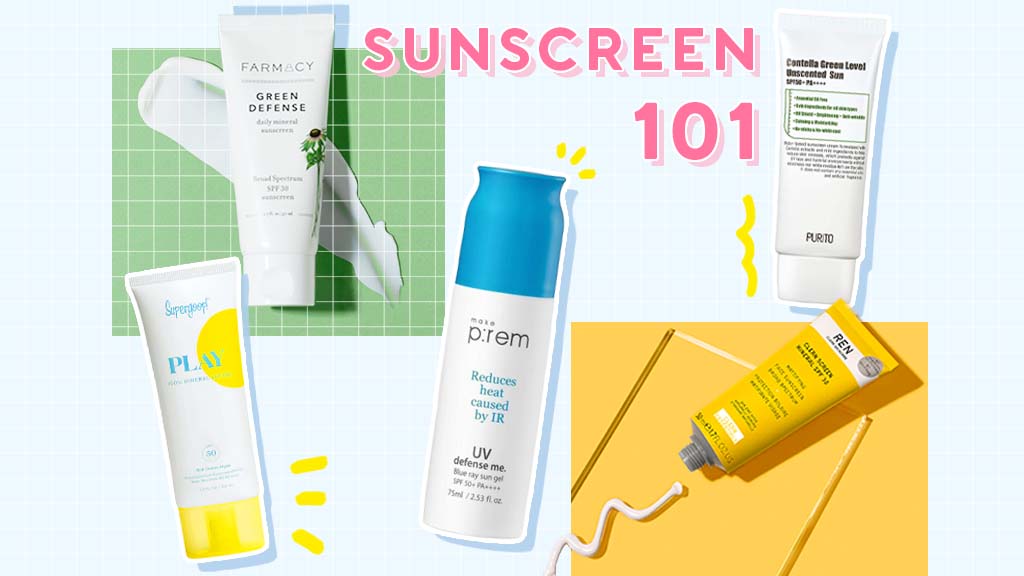
With the weather getting warmer, the sun is up and ready to beam down our lovely faces. As we prepare to venture outdoors, it’s important to go out knowing that your skin is protected against UV rays. But how well do you really know your sunscreen? Here’s a quick review.
UVA, UVB, UVC Rays
There’s three types of ultraviolet rays that reach the Earth’s surface: UVA, UVB, and UVC. UVA and UVB rays are what we commonly know to affect the skin. UVC rays can’t filter past the ozone layer so there’s no need to worry about them.
UVA
These rays have long wavelengths and are able to penetrate deeper into the skin. They also play a role in skin tanning and early aging. How does this happen? Since UVA rays have long wavelengths, they’re able to penetrate through the skin’s deeper layers. Once there, they’re able to kill skin cells and even damage collagen and elastin. As you might know, both elastin and collagen are responsible for our skin’s youthful appearance. And in extreme cases, UVA rays can lead to skin cancers.
UVB
UVB rays are what’s responsible for producing sunburn, sun spots, and sun induced hyperpigmentation. Although they have a smaller wavelength than UVA, UVB rays are equally damaging to the skin. With prolonged and unprotected exposure, UVB rays can also cause skin cancer alongside UVA rays.
SPF, BROAD SPECTRUM, PA
Now that we know about the different kinds of rays, let’s take a look at what our sunscreens say.
SPF – “Sun Protection Factor”
This acronym is a measurement that determines how long your skin stays protected from UVB rays. In other words, SPF rates how much your sunscreen can protect your skin without it burning.
To provide an example, if your skin burns after 10 minutes without protection, a sunscreen with SPF 15 can offer protection for approximately 150 minutes without burning. This is roughly the idea.
The thing is, the rate of our skin burning from sun exposure depends on our skin type and color. As a rule of thumb, darker skin tones are less likely to burn than people with fairer skin tones. This is due to the amount of our skin’s melanin production, which is our skin’s natural way of protecting against UV damage.
It also depends on how much sun exposure you’re getting as well. Different times of the day, the weather, and the seasons also impacts how much UV light is penetrating through. Likewise, this contributes to the amount of sun you’re receiving. Even our lifestyles can affect the amount of exposure. If you’re someone with an active lifestyle, you’ll be getting a different amount of exposure as opposed to someone who’s mostly indoors (which is mostly what our lifestyles have become – let’s be real).
PA – “Protection Grade of UVA”
If you’ve purchased a Korean or Japanese brand sunscreen, you’ll see the label PA somewhere in the packaging with a few plusses attached to it.
So what exactly is it? It’s a grading system that started from Japan to inform sunscreen users on how well their sunscreen can protect against UVA rays. What’s interesting is that this system was adapted from a test called the Persistent Pigment Darkening Method or PPD method for short. This test is used to measure the time it takes for skin to show signs of tanning. So essentially it’s like the tanning counterpart to SPF.
So what do the pluses (+) mean?
They are indicators of how much UVA protection they offer. You’ll find that some sunscreens range around 1-3 pluses, but four pluses offer the highest protection against UVA rays. The general rule of thumb is the more pluses you have on your sunscreen, the better your UVA protection will be.
Broad Spectrum
Since American and European based companies don’t use PA all too often, you’ll find labels like “Broad Spectrum Protection” or “Broad Spectrum with SPF” instead. But they basically mean the same thing. Broad Spectrum also indicates the product’s overall protection against BOTH UVA and UVB rays. So if you see this label instead of PA, there’s no need to worry.
Sunscreen Types
To put simply, the sunscreen are classified depending on the active ingredients (also called filters) used in the product. These active ingredients are what’s responsible for protecting the skin from UV damage because they absorb UV light and turn them into heat for your skin. Currently there are three types of sunscreens: physical or otherwise known as mineral sunscreen, chemical sunscreen, and hybrid sunscreen.
Physical/Mineral Sunscreens
You’ll find that the most common active ingredients formulated for this category include zinc oxide and titanium dioxide. These ingredients are very gentle and are especially great for sensitive skin types. They’re also non-comedogenic, and they offer very good overall coverage on the skin. What’s also worth noting is that while zinc oxide and titanium dioxide can protect against UVA and UVB rays, zinc oxide is able to offer a bit more protection than titanium dioxide. So if you’re the type to go outdoors frequently, zinc oxide might help provide a little extra sun protection.
The only downsides are the texture and feel. Sunscreens with titanium dioxide and zinc oxide typically have a thick and goopy texture that’s difficult to work into the skin. It can also create a white cast or chalky appearance that might not be the best for darker skin types.
Product Recommendations
Chemical Sunscreens
For chemical sunscreens, you’ll find avobenzone, oxybenzone, and octinoxate as some of the common ingredients for this category. And depending on the ingredient, they can absorb UVA, UVB or both! For example, avobenzone is great for blocking UVA rays, while octinoxate blocks UVB and oxybenzone filters both UVB and UVA rays. But in case you’re wondering, most chemical sunscreens contain more than one ingredient to make sure you’re receiving full protection.
As for the downsides, chemical sunscreens can be irritating to sensitive skin types and cause allergic reactions such as photosensitization for some people. So if you’re someone who faced some discomfort or irritation from wearing sunscreen, you know the reason why. For others, chemical sunscreens can sting if it gets into your eyes, especially if you’re applying around your eye area so that’s something to keep in mind.
Product Recommendations
Hybrid Sunscreens
Hybrid sunscreens are products that contain filters found in both mineral and chemical sunscreens. So you might find a combination of zinc oxide, titanium dioxide, or both, with avobenzone, octinoxate, and other UV filters rolled into one product.
Product Recommendations
Full Video:
Head over to more information and product recommendations:

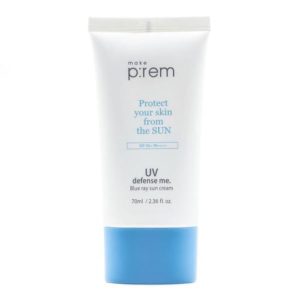


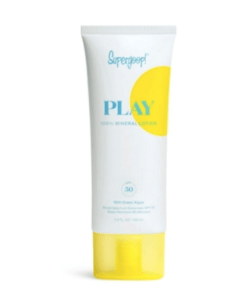

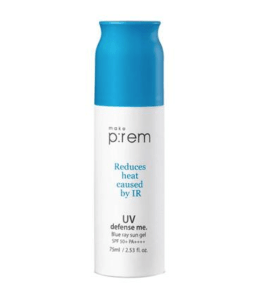
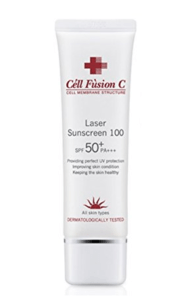

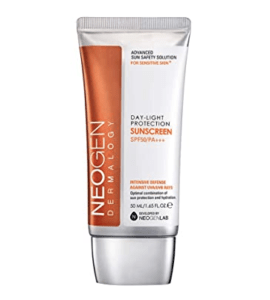
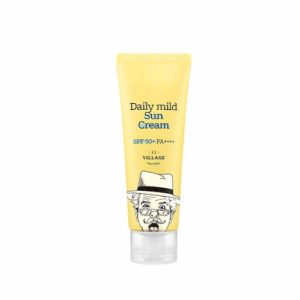
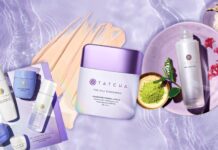
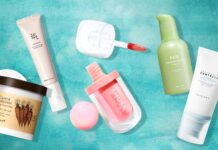
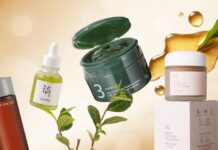
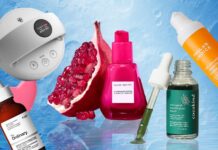

Hello, i have a sensitive , dry and pigmentation so please kindly can you give me some suggestion.